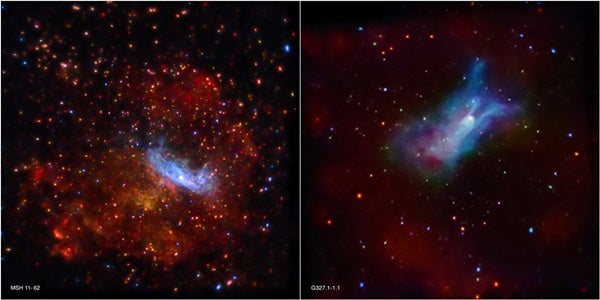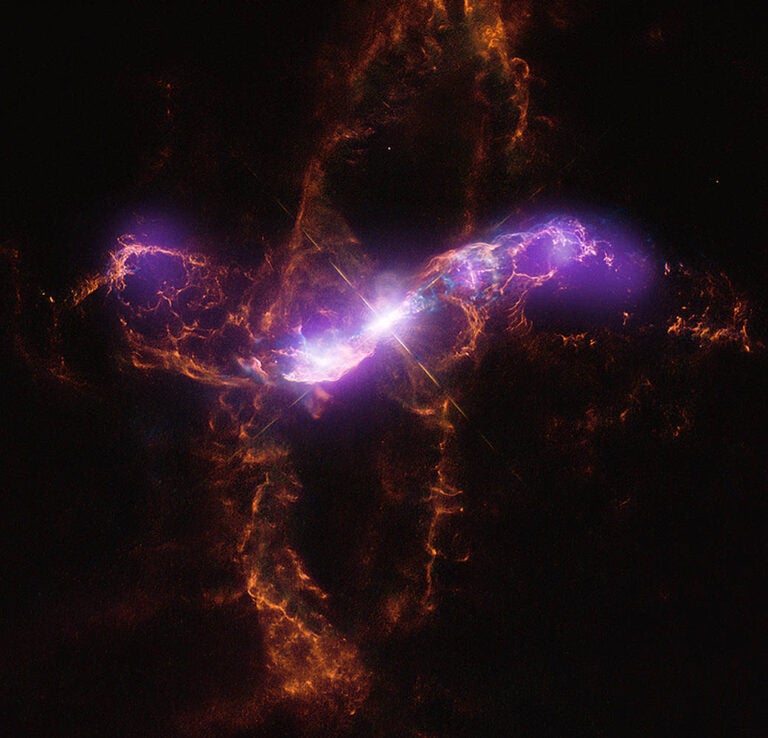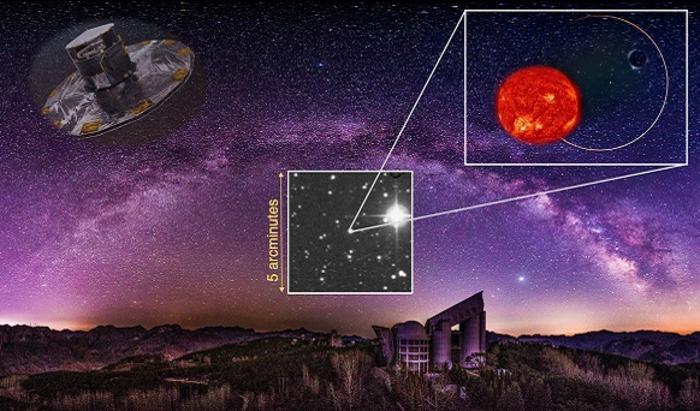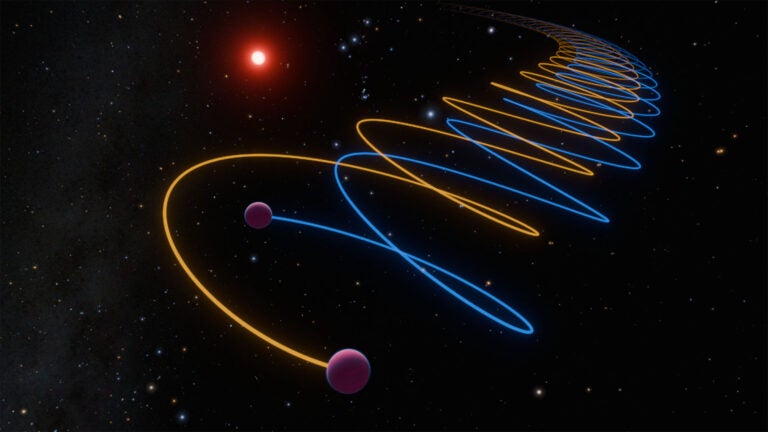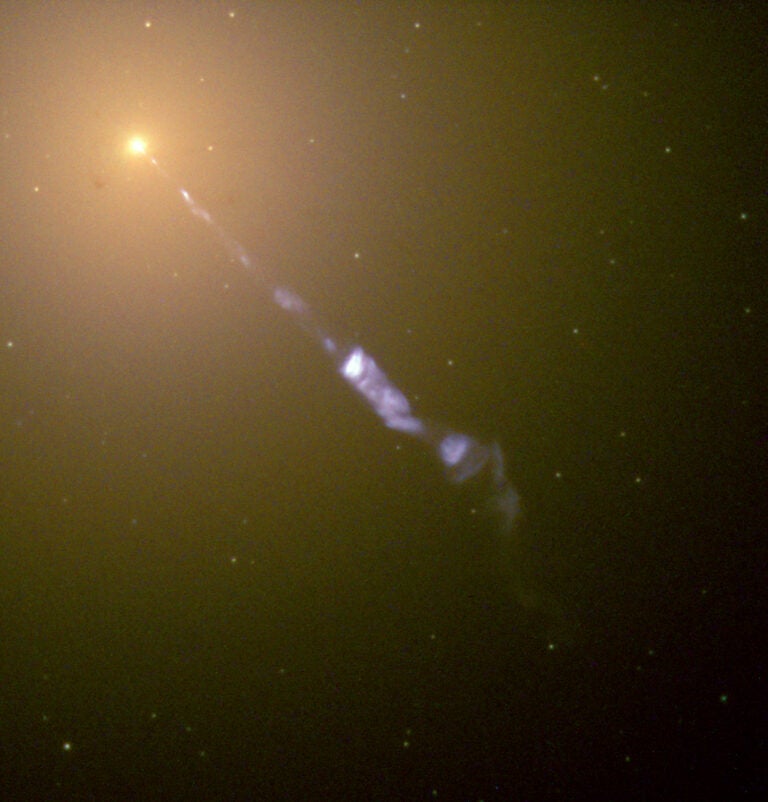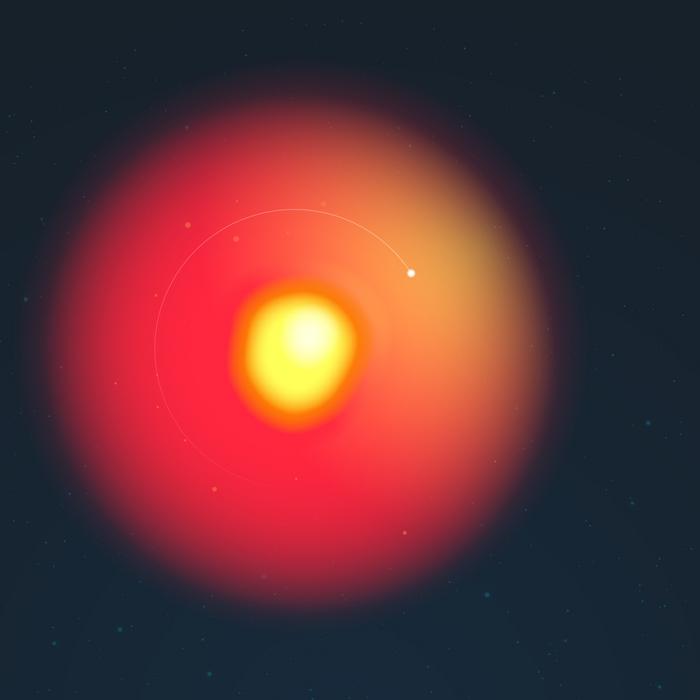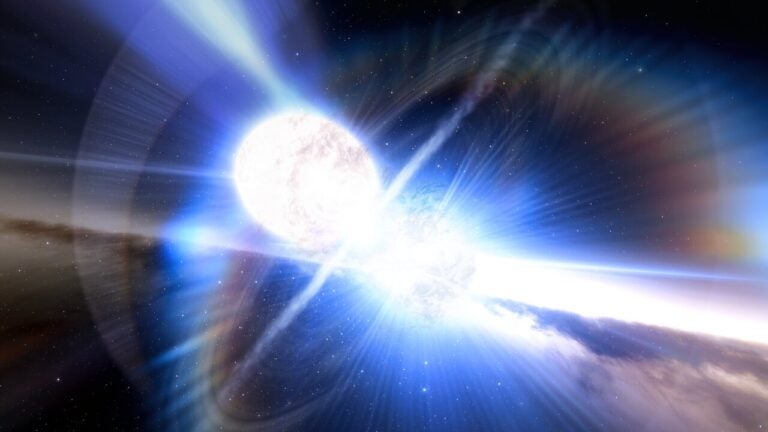For moderately sized stars, from about 10 to upward of perhaps 100 times the mass of the Sun, the situation is more complicated. The problem is that such stars form cores of iron that absorb energy and trigger the collapse. In this case, the collapsing material first forms a neutron star. In most circumstances, the energy released in that process turns the implosion into an explosion.
The nature of that reversal is hotly debated and may involve the precise mass of the star, the degree of its rotation, the strength of magnetic fields, and other aspects. In this context, a black hole might form if some matter initially blown away from the neutron star in the explosion does not achieve escape velocity.
If sufficient material falls back to accumulate on the newly formed neutron star, it may be crushed to form a black hole despite the fact that the outer parts of the star exploded as a supernova. In this case, the result would be a supernova leaving behind a black hole rather than a neutron star.
University of Texas at Austin

